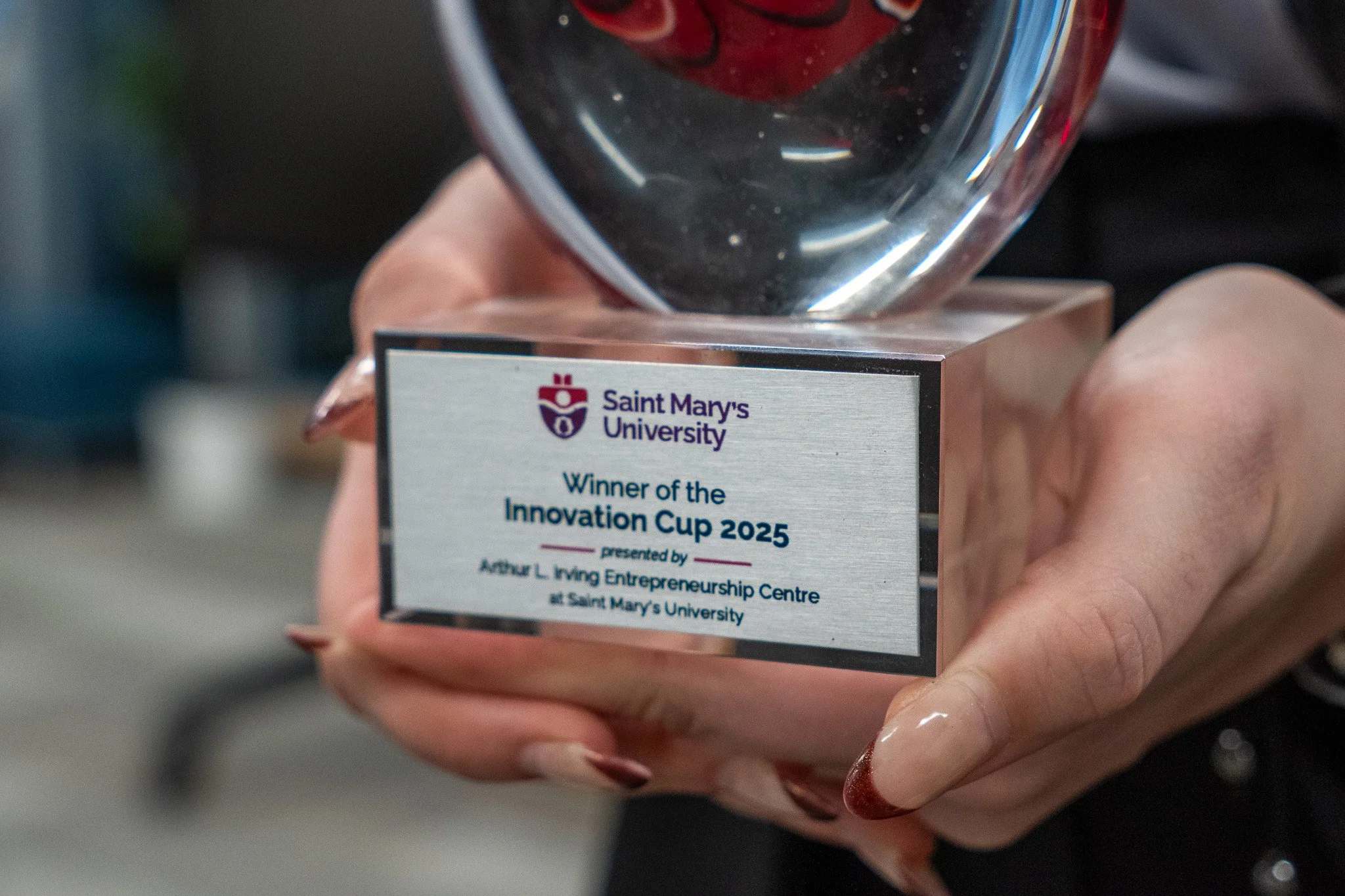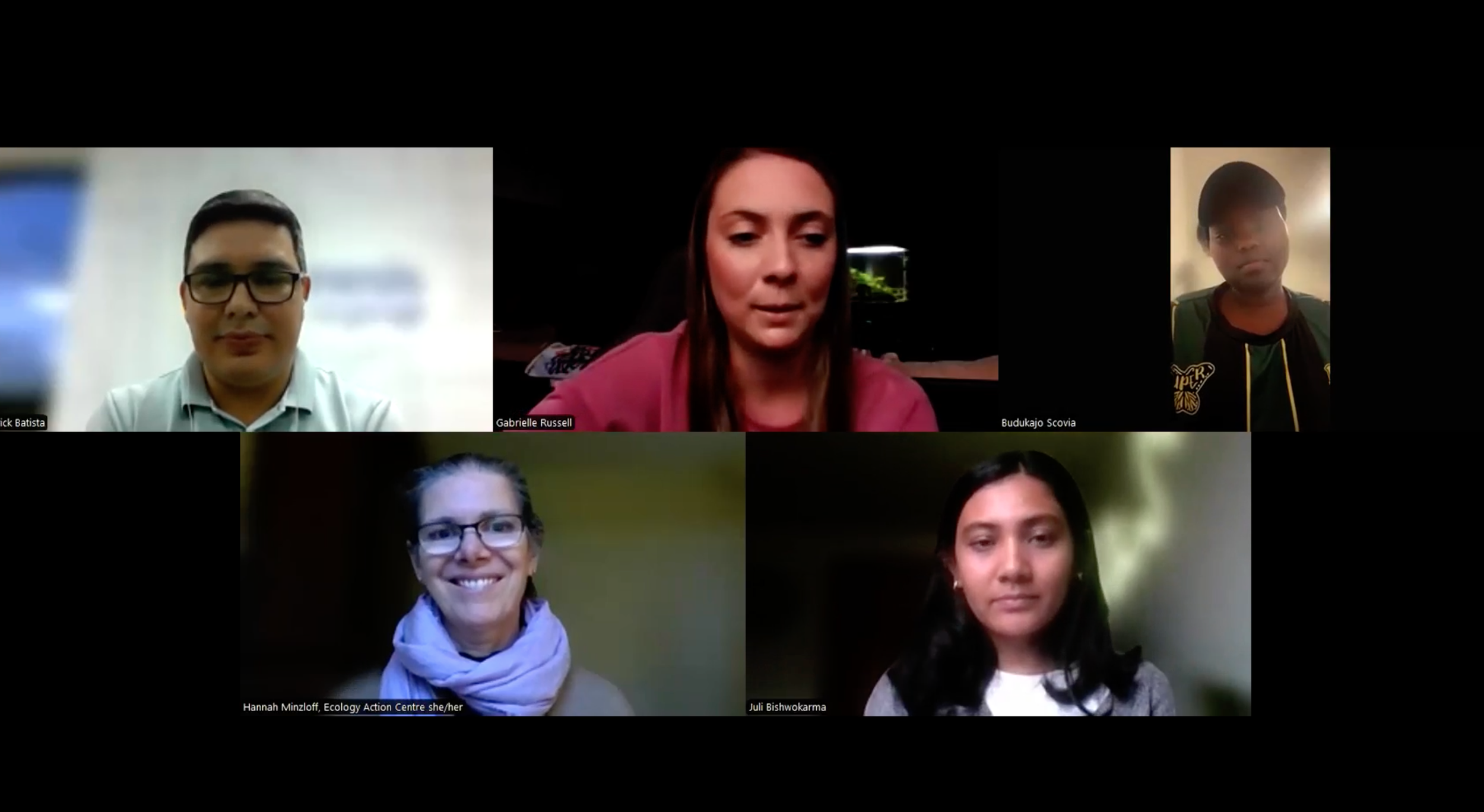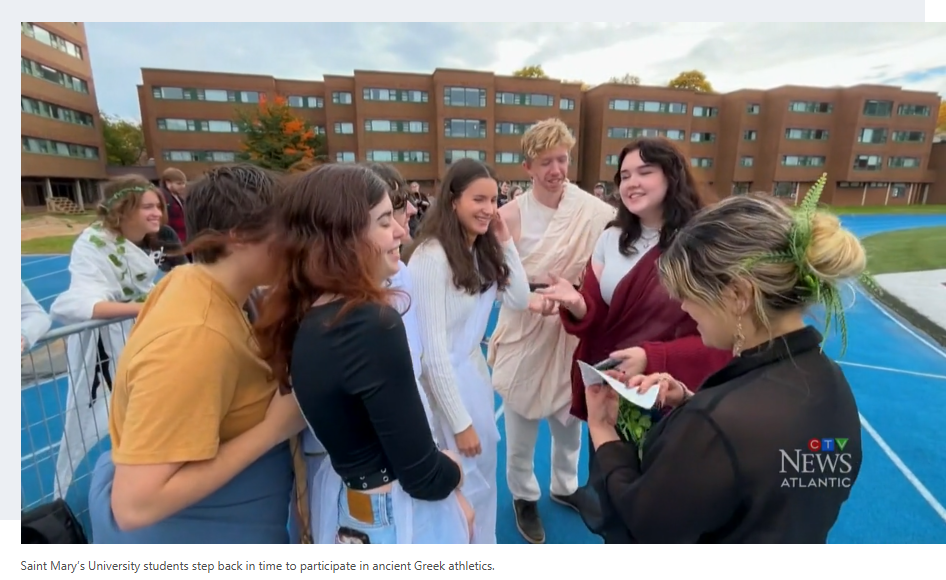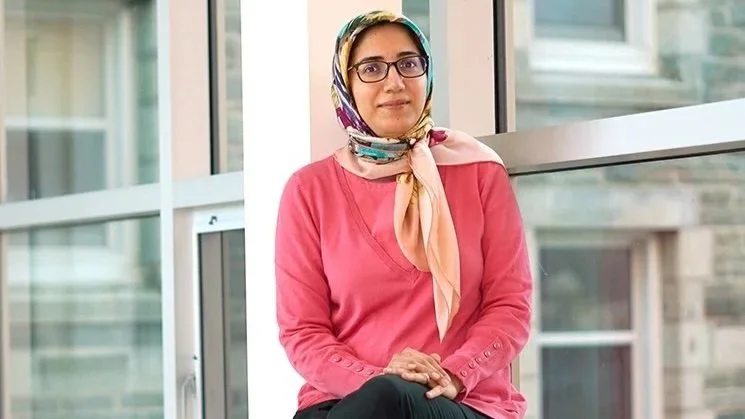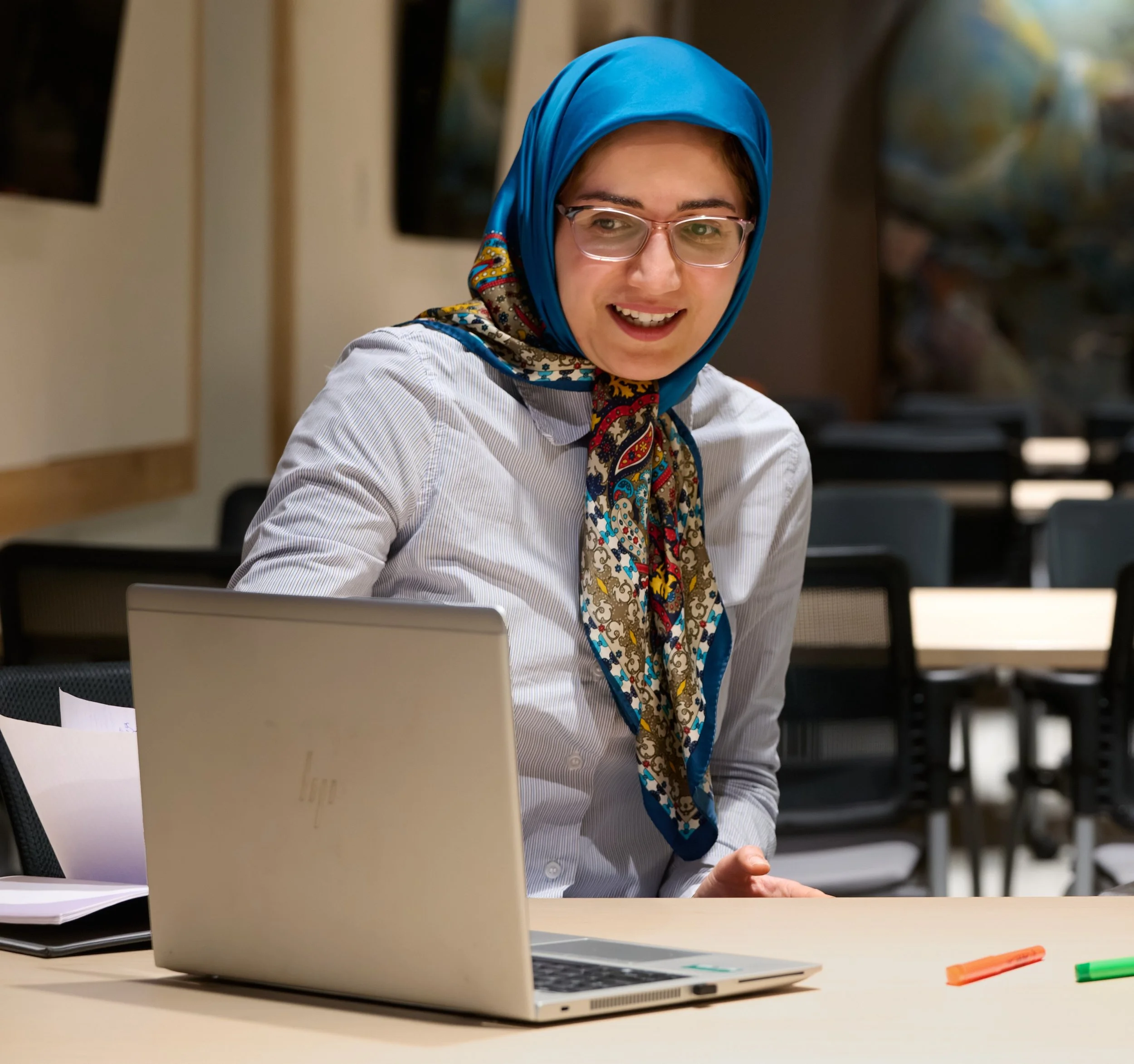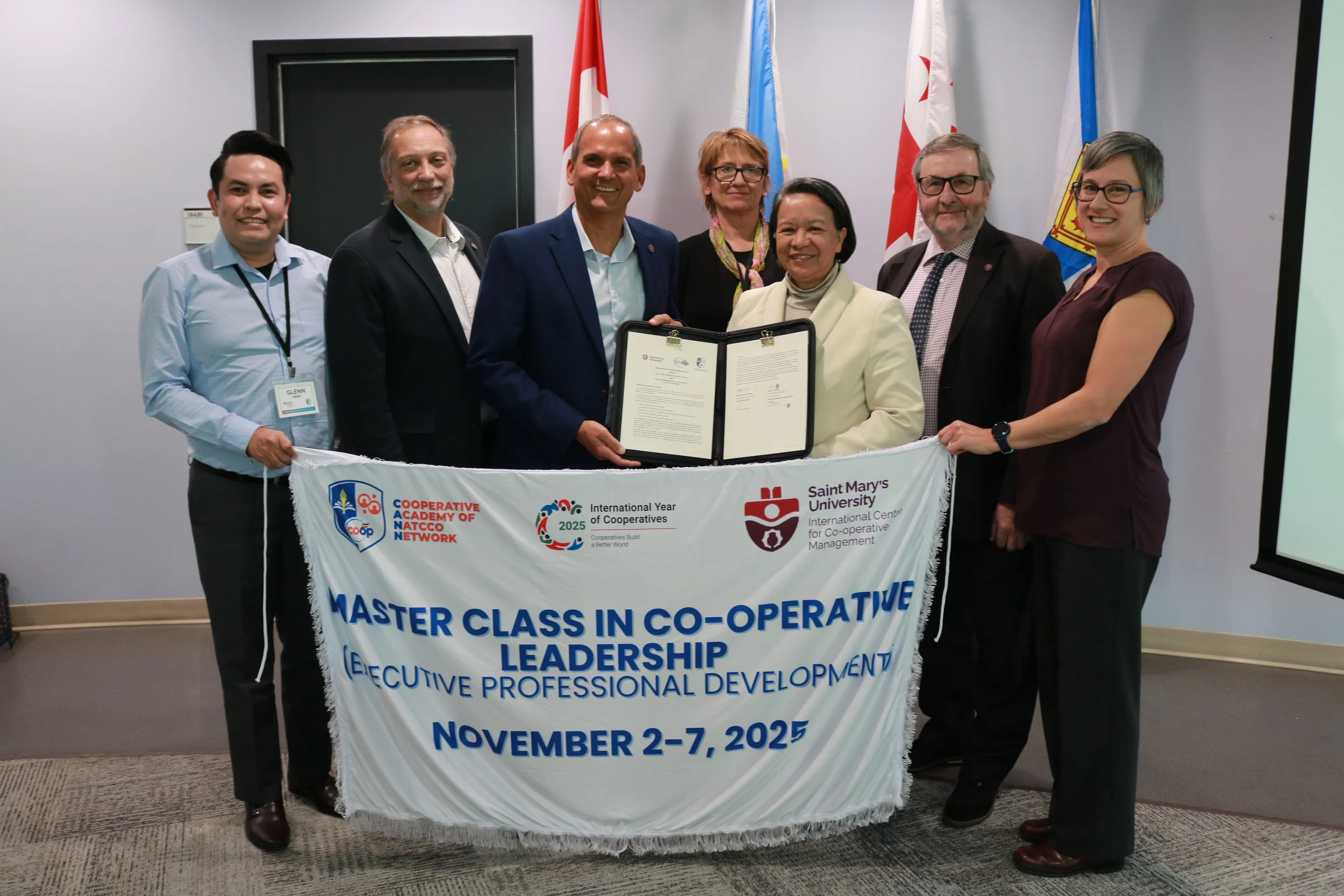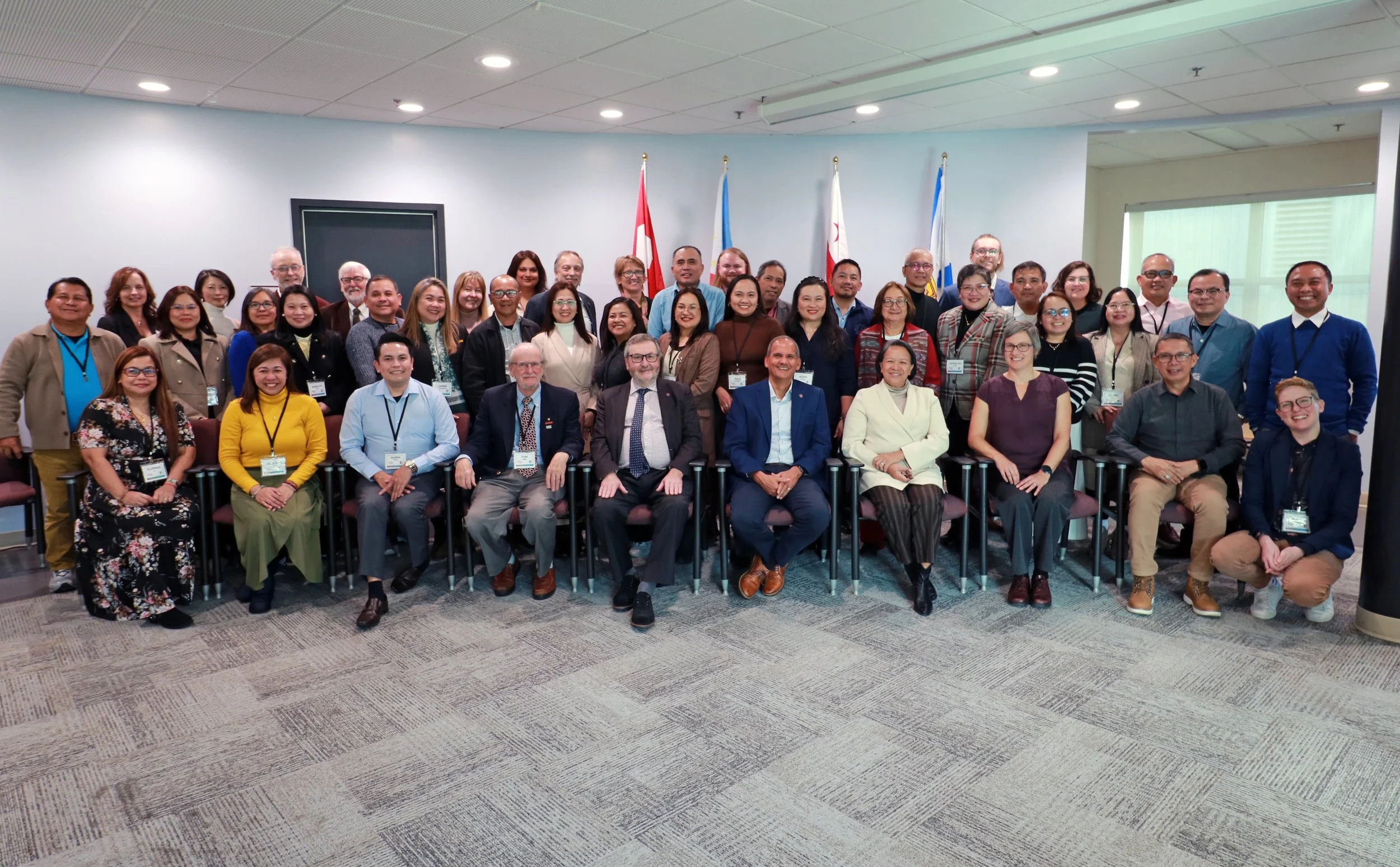





This year’s Innovation Cup hosted by the Arthur L. Irving Entrepreneurship Centre brought together students from Science, Arts and Business for one goal: to turn bold ideas into solutions that can make a real difference. Over ten weeks, participants pushed themselves through hands-on training, weekly eliminations and mentorship from industry professionals, all for the chance to win $10,000 in funding that they can reinvest in their business.
The Innovation Cup is built around collaboration, creativity and learning by doing. Through sessions focused on customer discovery, problem identification, ideation, concept development, financial planning and funding strategies, students were challenged to think critically and put their ideas to the test. What started with nine teams was narrowed down to four standout finalists who presented in front of a packed room of judges, community members, alumni and past Innovation Cup winners.
The top four teams tackled issues across health, food security, renewable energy and long-term care. Being There is a non-profit using preventative care to help older adults stay safe, stable and independent, while avoiding unnecessary emergency room visits. The Good Foodie pitched a food-exchange app that connects grocery stores with excess food to those within their neighborhood who need it. RMap introduced an AI-powered geospatial platform to simplify renewable energy site selection. Lastly, Gladsome Longterm Care proposed a warm, community-based alternative to traditional dementia care.
Throughout the competition, teams received mentorship from guest judges and professionals, including semi-final judges Kim Dixon, Director of Learning & Workforce Transformation (COVE) and Minder Singh, Senior Account Executive (Halifax Partnership). Their insights helped students refine their ideas, strengthen their business cases and build confidence heading into the final presentations
Adding to the excitement, members from the 2024 and 2023 winning teams, Olivian Sanderson (Sociable) and Courtney Dingle (EmerAlt), returned to cheer on this year's finalists. The Innovation Cup trophy itself came from a local business, Nova Trophy, reinforcing the Centre’s commitment to supporting community partners.
After a competitive final round judged by Max Medyk, Founder & CEO (I’m Canada Media), Jisun Ryu, Student Success Project Coordinator (EduNova) and Mike Rothenberg, Economic Development Officer (ACOA), this year’s winning team was Being There, led by Stuti Sandhu (Arts), Mia Makhlouf (Engineering) and Nahriza Zahid (Business).
Being There team members with finalist judges
The team won a total of $11,000—the $10,000 grand prize and an additional $1,000 for earning the Audience Choice Award. Their vision is to reshape how older adults age at home by offering evidence-based, preventive support that prioritizes dignity, independence and connection. Being There is a project of Enactus Saint Mary’s, which won the World Cup in Thailand last October.
The Innovation Cup continues to be a launchpad for emerging changemakers. What begins as an idea in week one often becomes a refined, investment-ready concept by week ten, proving what happens when students are given the tools, mentorship, and community to bring their ideas to life.
Watch the 2025 Innovation Cup recap reel

